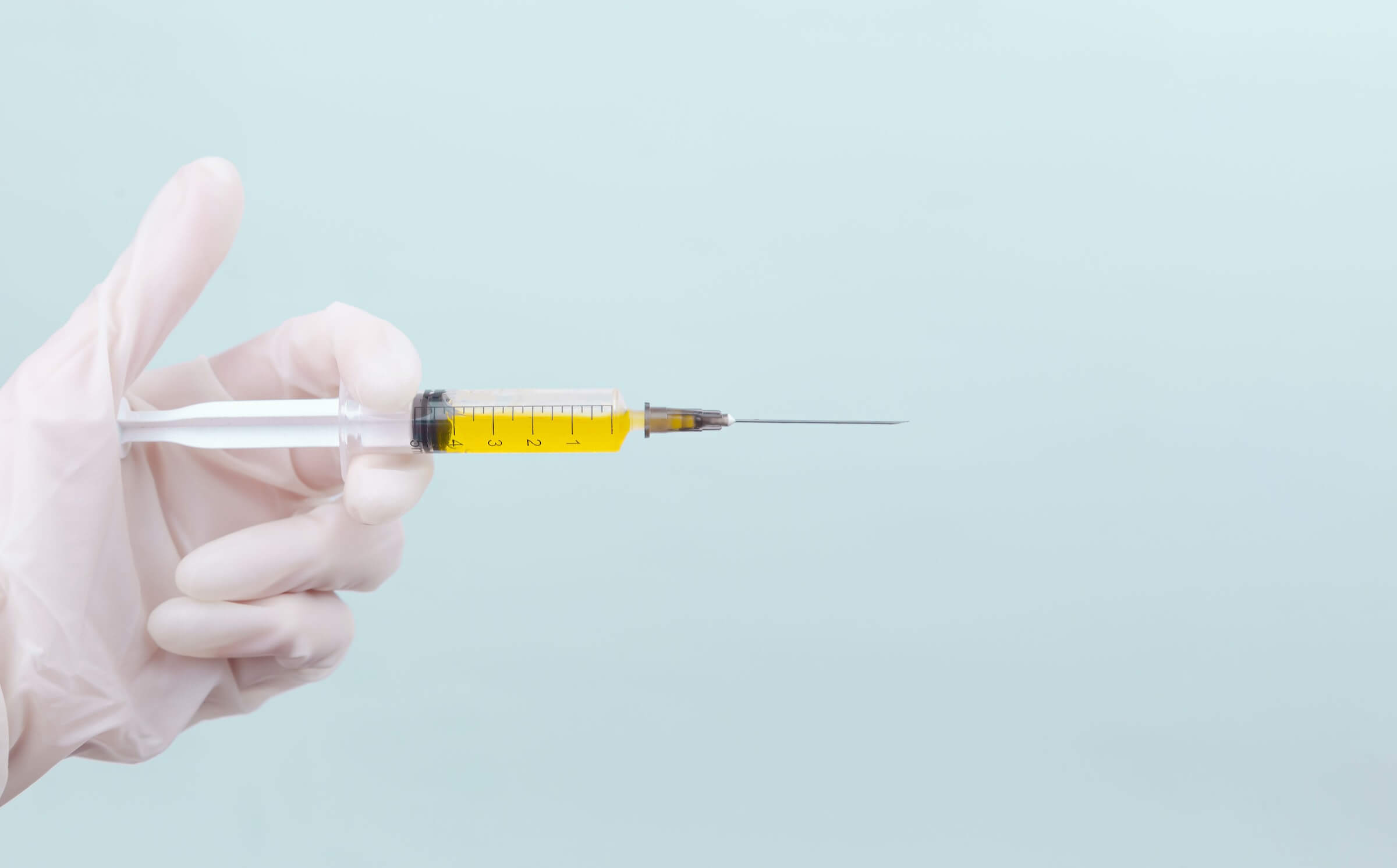by Dr. Kristian Flores, MD, ND
As a physiatrist, I am always looking for ways to improve functionality and quality of life for my patients. While a steroid injection can offer a quick and effective short-term solution for the treatment of pain, we now know that it is likely causing more damage than good in the long-run. As is apparent in this NBC News article, there continues to be mounting evidence that long-term steroids are not an appropriate solution for arthritic pain management.
When I was practicing in Southern California, I used to have patients see me every 3-4 months to get a steroid injection. I knew that with every steroid injection we were one step closer to a knee replacement. It was never my intention to cause more damage (though newer research suggests that I likely was causing damage), but I also knew that the steroid injections weren’t actually doing anything to help the disease process.
While I was working in the Veteran Healthcare System, our vets had the option of using an alternative treatment called viscosupplementation—what many vets lovingly referred to as “the rooster comb”. This is an inert viscous solution of hyaluronic acid (one variety is derived from rooster’s comb) that is meant to act as a lubricant and space filler to the joint. While it is likely a better alternative to a steroid injection, as it is not causing damage, it also is not helping to promote any growth of tissue. At $600 per injection, I want my injection to be doing more than just taking up space.
Thankfully, I now have a variety of regenerative tools at my disposal to treat arthritic knee pain. Classic prolotherapy, platelet-rich plasma therapy (PRP), and adipose-derived mesenchymal stem cells are all excellent alternatives to the traditional treatments. In contrast to steroid injections, these injections are meant to build tissue over time. Rather than inching closer to knee surgery, with every injection I am taking one step back from knee replacement surgery. Scheduled PRP injections, rather than steroid injections, are a better choice for most of my patients who are looking to increase their functionality and prolong their quality of life.
Photos by Diana Polekhina (Unsplash) and Towfiqu Barbhuiya (Pexels)




